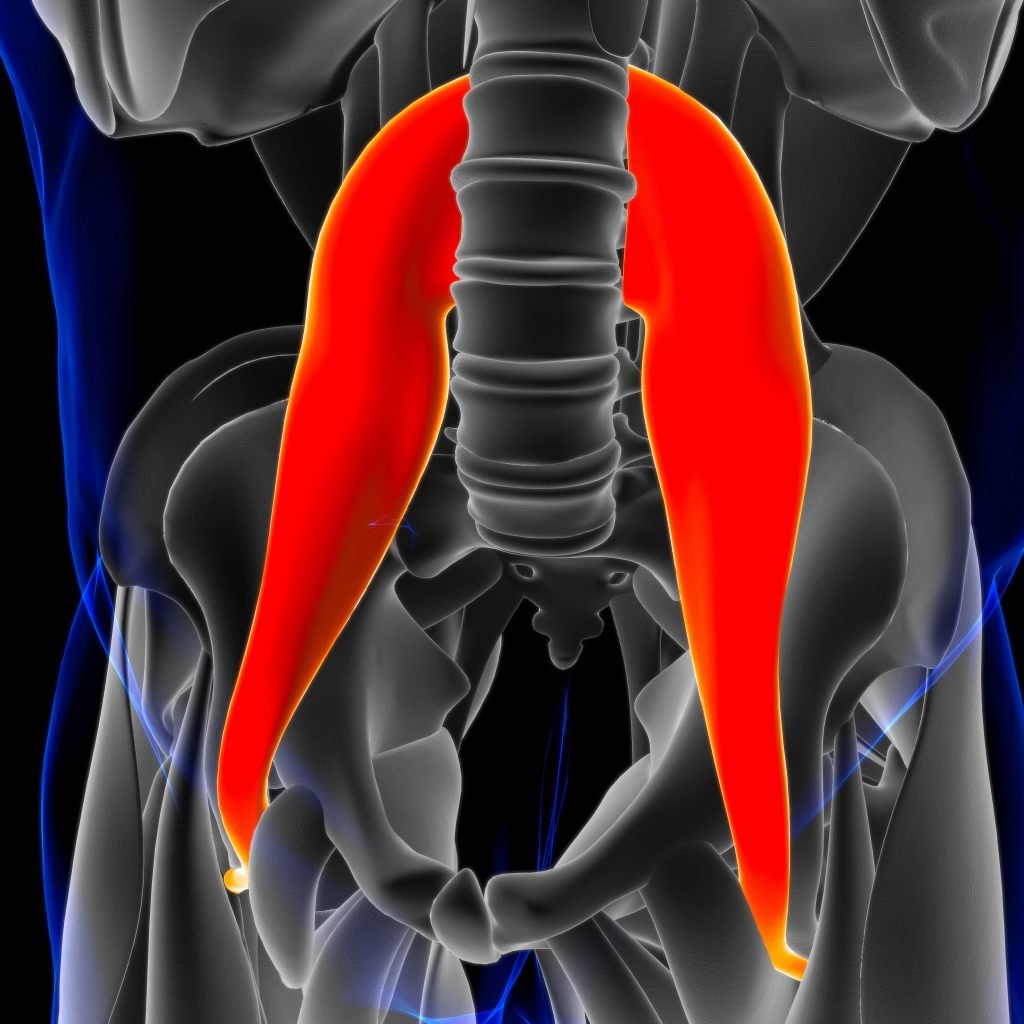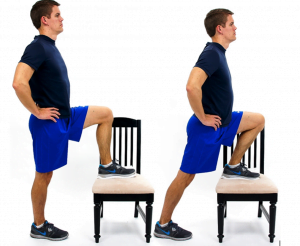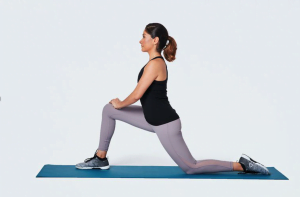The Vital PSOAS muscle
The psoas muscle (pronounced SO-as) or hip flexor may be the most important muscle in your body. Without this essential muscle group, you wouldn’t even be able to get out of bed in the morning! That’s because your psoas muscles are the primary connectors between your torso and your legs. They affect your posture and help to stabilise your spine.
Because they are major hip flexors, weak psoas muscles can cause many of the surrounding muscles to compensate and become overused. That is why a tight or overstretched psoas muscle could be the cause of many of your aches and pains, including low back and pelvic pain.
What You Need to Know about Your Psoas!
Structurally, your psoas muscles are the deepest muscles in your core. They attach from your lumbar vertebrae, through your pelvis, and then finally attach to your thigh bones. Your psoas muscles allow you to flex your hips and bring your legs toward your chest, for example, when you are going up stairs. They also help to move your leg forward when you walk or run. These same muscles flex your trunk forward when you bend over to pick up something from the floor.
What happens if I have Psoas Muscle Imbalance?
Leg length discrepancy:
A tight psoas muscle can cause your pelvis to rotate forward. This, in turn, can create rotatory forces on your legs – both the affected and unaffected side in an effort to counterbalance. This can lead to functional leg length discrepancy.
Knee and low back pain:
If you experience knee or low back pain with no apparent cause, it may be coming from your psoas muscles. When your thigh bone is in essence locked into your hip socket due to a tight psoas muscle, rotation in the joint can occur. This can cause your knee and low back to torque.
Postural problems:
When your psoas is too short or tight, it can pull your pelvis into an anterior tilt, compressing the spine and pulling your back into hyperlordosis or “duck butt.” If your psoas is overstretched or weak, it can flatten the natural curve of your lumbar spine, creating a “flat butt.” This can lead to low-back injury, especially at the intervertebral discs. You may also feel pain at the front of your hip.
Difficulty moving your bowels:
A tight psoas muscle can contribute to or even cause constipation. A large network of lumbar nerves and blood vessels passes through and around the psoas muscles. Tightness in the psoas muscles can impede blood flow and nerve impulses to the pelvic organs and legs. In addition, when the psoas is tight, your torso shortens, decreasing the space for your internal organs. This affects food absorption and elimination. As such it can contribute to constipation, as well as sexual dysfunction.
A membership to the Hip Flexion Society
1) Do you use a computer?
2) Do you drive or ride in a car?
3) Do you watch tv for prolonged periods?
4) Are you a student?
5) Do you play video games?
If you answered yes to some of the above questions, you are a member of the “hip flexion society”- a civilisation that’s becoming more and more sedentary than any other time period in history because it spends a lot of time sitting in chairs. It is a position if held too long, will inhibit circulation, muscle conditioning and even nerve response. It can be a direct cause of lower back, psoas, and sciatic issues; the hip flexors begin to shorten and weaken, and over time create a myriad of problems.
DO! Try this at home:
Learn how to stretch your psoas muscles!
Figure 1: Beginner
Figure 2: Moderate
Figure 3: Advanced
Try remedial massage or physiotherapy!
Getting a massage from a seasoned practitioner can help relieve a tight psoas muscle. Understand that this work is not the most comfortable but can be of great benefit!
Book online here: Online Booking – Physio Connex Performance Clinic – Wyong/Wadalba, Central Coast




